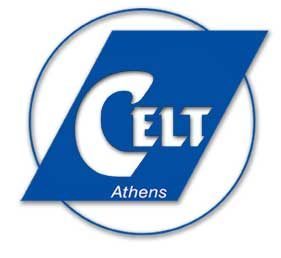Are you interested in following the Cambridge CELTA but are not sure if it will help you teach young pupils? In the past, the A in the CELTA acronym used to mean “adults” but this changed a few years ago. It now unfolds to Certificate in Teaching English to Speakers of Other Languages as shown on the Cambridge website.

Face to Face or Online
Teaching Practice is the heart of the course
Whichever way you choose to do the CELTA, one of the most important reasons why it is so popular and so widely recognised, is the fact that it includes so much practical experience of teaching; candidates teach 8 or 9 lessons themselves and observe many more taught by their course mates and their tutors.
For many reasons, all candidates end up teaching adults in their Teaching Practicum – adults come voluntarily and do not need anyone’s permission to be taught, while children do!
And this is really very difficult! While adults understand that they will be taught by trainee teachers and that these trainees may make mistakes while teaching, it is difficult to explain this fact to children.
Adults can opt to leave a class if they do not like what is happening in the lesson, they are more resilient to possible errors. A child may feel hurt by a novice teacher and not be able to tell anyone.
You can imagine yourselves how many things can and do go wrong.
So how can the CELTA prepare teachers for the young classes in their future?
Most of our CELTA trainees who have moved to jobs involving teaching children do manage to cope very well. Most of what you learn on the CELTA is easily transferrable to the young learner classroom and even more so to teenage classes.
But there is also a lot that cannot be used safely with a young, and especially a very young class! Beyond some input on a CELTA course, there is little which prepares candidates fully for this age range.
You can, of course, learn from books and there is a lot of information freely available to teachers these days, in the form of free webinars, commercial presentations some of which include some excellent advice and, colleagues who are willing to share experiences and materials.
Following a short top up course is really a short-cut into all one can get for free by engaging in their own CPD (Continuous Professional Development).
The Big Questions
- Should our paying clients have to wait for us to reach our potential through this slow individualised path to CPD?
- Should our students be paying us for our potential or do they expect us to actually already be the best they can get at the time at which they are paying us to teach them?
In some cases, it can be argued that a number of teachers are quick to reach their target and are fully capable of undertaking the task of teaching the younger age range.
Not everyone learns the same way, so if you are one of those teachers who needs an organised course to develop, by all means follow that course which will help you feel ready to tackle this enormously responsible job of being a young learner teacher.
Connect with us
CELT Athens, 3 G.Gennadiou Street, 106 78 Athens, Greece
Tel +30 210 3301202| +30 6974965437 E-mail: info@celt.edu.gr
View this post on Instagram
